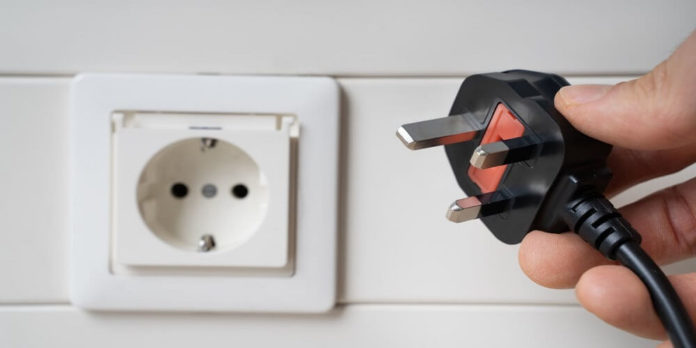An electric plug is a must-have in every home, office, and every other space. This is because to turn on your lamp, switch on the TV, or start the microwave or every other electrical appliance needed to perform tasks, you need to create a means for them to function. By means, it’s advised that you install a Prise electrique within the several walls in your home.
Want to find out more? Stick to this guide and learn the different types of electric plugs and how they work.
Electric Plug – The Different Types
1. Plug A
Otherwise known as NEMA-1, The type A plug comes with double live pins that are used for contacts. These pins are organized in a parallel line as they sit at a 12.7-millimeter distance. For the size, the contacts are ranging between 15,875 18,256 millimeters long, 1,524 millimeters thick, and 6.35 millimeters wide. If you own a small device, then the plug A type is specifically meant for you.
2. Plug B
Just the Plug A, the Plug B also comes with two live pins for contacts that are organized in parallel. They also feature the same distance and size as seen in Plug A. Plug B has a circular contact that fills the role of a conductor that protects the plug against reversing polarity.
3. Plug C
The Plug C type of electric plug comes in two different forms and they are:
- Contour Plug ( CEE 7/17)
- Euro Plug (CEE 7/16)
The contour plug comes with two contacts that are 19 millimeters long, 4.8-millimeter diameter, and 19-millimeter distance. The euro Plug, on the other hand, is mostly used in some European states that exclude Cyprus, the United Kingdom, Malta, etc. It doesn’t get protection against reversal polarity. That’s because the Euro plug features no protective conductor.
4. Plug D
The Plug D type of electric plug first became known and used widely in the United Kingdom. The Indians and the South Africans currently use it and it’s the only plug type in Libya. Further, it comes with a slightly lengthier and thicker earthing contact of 20.6 mm and 7,06 mm respectively.
One more interesting thing about this plug type is that it features a 14.8mm long and 5.08mm diameter of two contacts that carry contacts. This gesture enables it to first get into the power supply. Courtesy of its construction, the Plug D type is protected from polarity reversal.
5. Plug E
This plug type features double live pins that are mainly thicker than the one that can be found in the Europlug. There’s also a possibility of you coming across different Plug E contacts pins that are much thinner. When trying to plug an electrical appliance into a socket, the protective conductor is the first point of contact.
Conclusions
Lastly, before choosing a plug type, ensure that it’s properly tested and compatible with all your devices. Also, getting a professional to help you install them is necessary.











